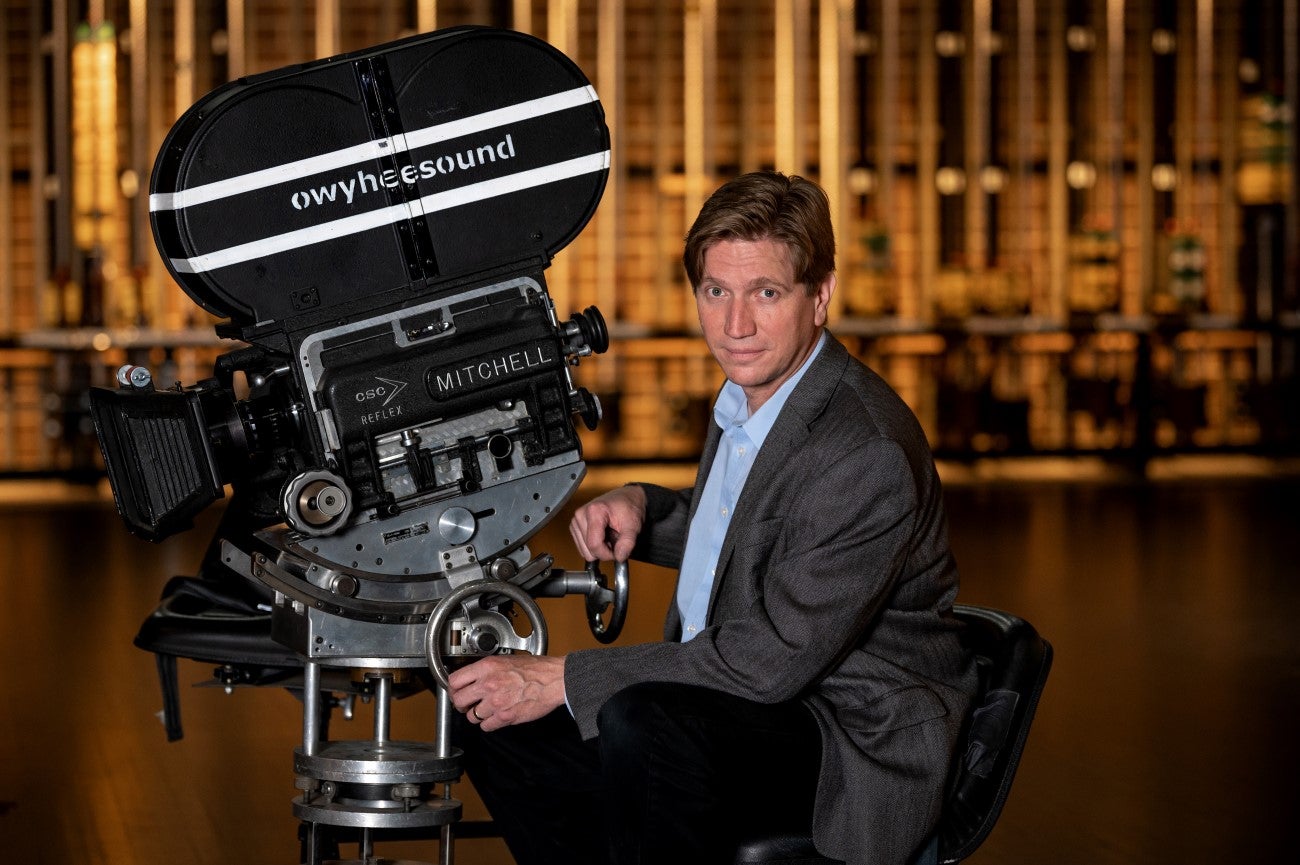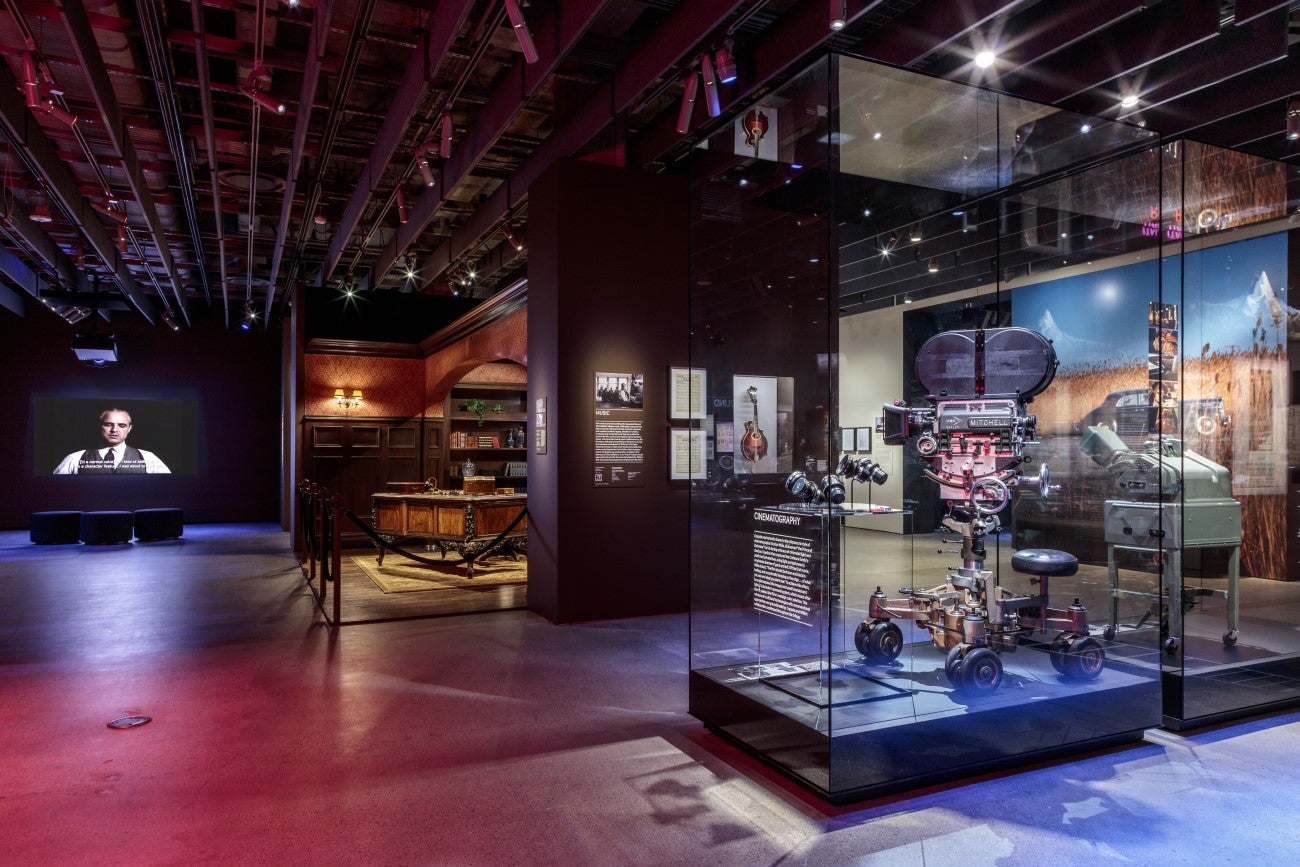
The Academy Museum of Motion Pictures in Los Angeles was planning its exhibition for the 50th anniversary of “The Godfather,” arguably one of the most famous American films of all time. But there was a problem. No one could find a Mitchell BNCR, the kind of camera cinematographer Gordon Willis used to shoot the Francis Ford Coppola film. Nathan Snyder, director of university television at Boise State, happened to have one. Snyder wrote about the camera on his website, OwyheeSound. The museum curator saw the write-up and got in touch.
Snyder worked in film before coming to Boise State. He bought the 1956 Mitchell, a type of camera that was a standard on American television and movie sets for decades, from a dealer in North Carolina in 2005. Snyder has owned a lot of cameras from a lot of places: Russia, Italy, France and Germany, but the Mitchell, because of its history and mechanics, held a special allure.
“American cameras are the best engineered by a long shot,” he said. “This is a well-made, precise camera that will live forever.”
The cameras are rare; Mitchell made just a few hundred of them. In later decades, when the Panavision company expanded, it bought up Mitchell cameras because of their exceptional parts and modified them, Snyder said. Snyder has filmed two projects with his camera.
“Oftentimes, students want to know about the history of cinema. I like to show them actual equipment,” Snyder said. He plans to make the Mitchell camera the subject of a special topics course in the future.

“The Godfather” exhibition continues until early 2024. Snyder’s camera rigged with equipment as it would have been during filming, including the actual lenses from the production.